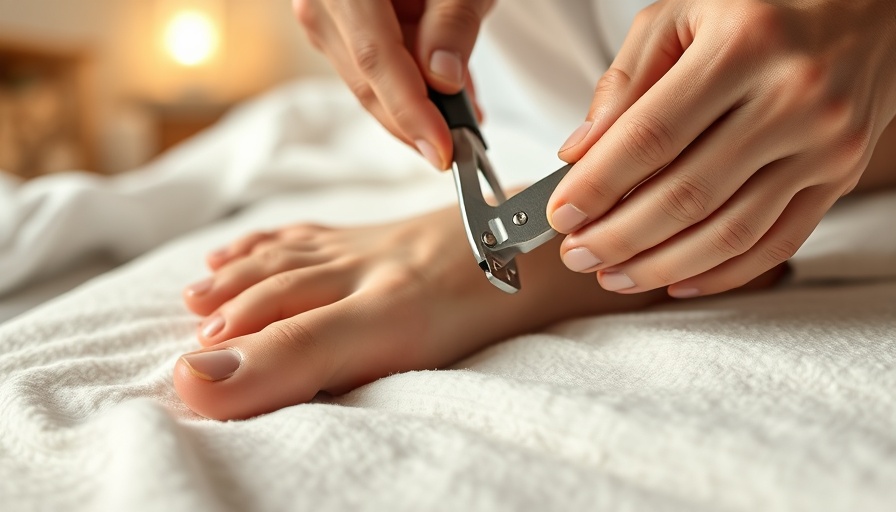
The Importance of Foot Health in Daily Life
In South Africa, walking long distances is oftentimes a necessity rather than a choice. From commuting to work or school to visiting local markets, many South Africans rely on their feet for mobility. However, the benefits of walking can come at a cost: neglecting foot health can lead to persistent issues that affect overall well-being. Lynsey Hammond, MD at Kroko, highlights the significant impact of poor foot care, stating, "While we encourage walking for overall wellbeing, certain factors—like poor-fitting shoes and untreated foot conditions—can lead to painful problems that affect your mobility."
Common Foot Problems Faced by Long-Distance Walkers
The issues faced by those who walk frequently range from mild discomfort to severe conditions. Common ailments include:
- Stress fractures: Prolonged pressure from poor footwear can lead to fractures in the bones of the foot, increasing the risk of osteoporosis.
- Tendonitis: Overuse of tendons can cause inflammation, particularly in the Achilles, leading to pain and limited mobility.
- Plantar fasciitis: This painful condition affects the tissue connecting the heel to the toes and can result from prolonged walking without proper support.
- Neuromas: Enlargements of nerve tissue can cause discomfort and require intervention if left untreated.
Ensuring Proper Foot Care: 3 Essential Tips
To mitigate these risks, Kroko has outlined several simple footcare techniques that can be easily integrated into daily routines:
1. Choose the Right Footwear
The foundation of healthy feet begins with the right pair of shoes. According to Hammond, properly fitted shoes are crucial for:
- Support: Shoes should offer adequate support and protection, safeguarding against musculoskeletal problems by optimizing posture.
- Comfort: Ill-fitting shoes can lead to pain and blisters. Always ensure that shoes fit well by trying on both, as many individuals have slightly different-sized feet.
- Breathability: Opting for natural materials helps keep feet dry and minimizes the risk of fungal infections, such as Athlete's Foot.
2. Addressing Common Foot Challenges Early
If walking has caused corns, calluses, or cracked heels, it’s essential to tackle these issues quickly using effective remedies:
- Corns and calluses: Friction or pressure can lead to hardened skin. Products like Kroko Corn and Callus Remover can ease discomfort.
- Cracked heels: To combat dryness, regular moisturizing and suitable footwear are vital. Kroko HeelFix or Heel Balm provide great treatment options.
- Fungal infections: Keeping feet dry and using Kroko Foot Powder or Foot Spray can help eliminate the right conditions for fungal growth.
3. Daily Foot Hygiene Practices
Incorporating daily hygiene practices can drastically improve foot health:
- Wash and dry feet thoroughly to prevent moisture retention.
- Change damp socks regularly to keep feet dry.
- Opt for breathable, natural fabric socks over synthetic materials.
- Regularly trim toenails to avoid painful ingrown nails.
Future Trends in Foot Health
As public health infrastructure continues to improve and healthcare policies evolve in South Africa, understanding foot health becomes increasingly important. With rising discussions around integrative healthcare and the push for health literacy, a growing emphasis on preventative care and early intervention is on the horizon. By fostering greater awareness about foot health, future generations might walk with fewer complications, leading to improved health outcomes and quality of life.
Emphasizing the Value of Foot Health
Investing time and effort into foot care isn’t merely a matter of comfort; it directly influences mobility and overall well-being. As the South African community continues to rely on foot travel, prioritizing this foundational aspect of health will pave the way for a healthier future.
With simple daily practices and quality footwear choices, every South African can take steps towards a more comfortable and healthier lifestyle. Remember, when you care for your feet today, you enhance your mobility for tomorrow!
 Add Row
Add Row  Add
Add 




Write A Comment